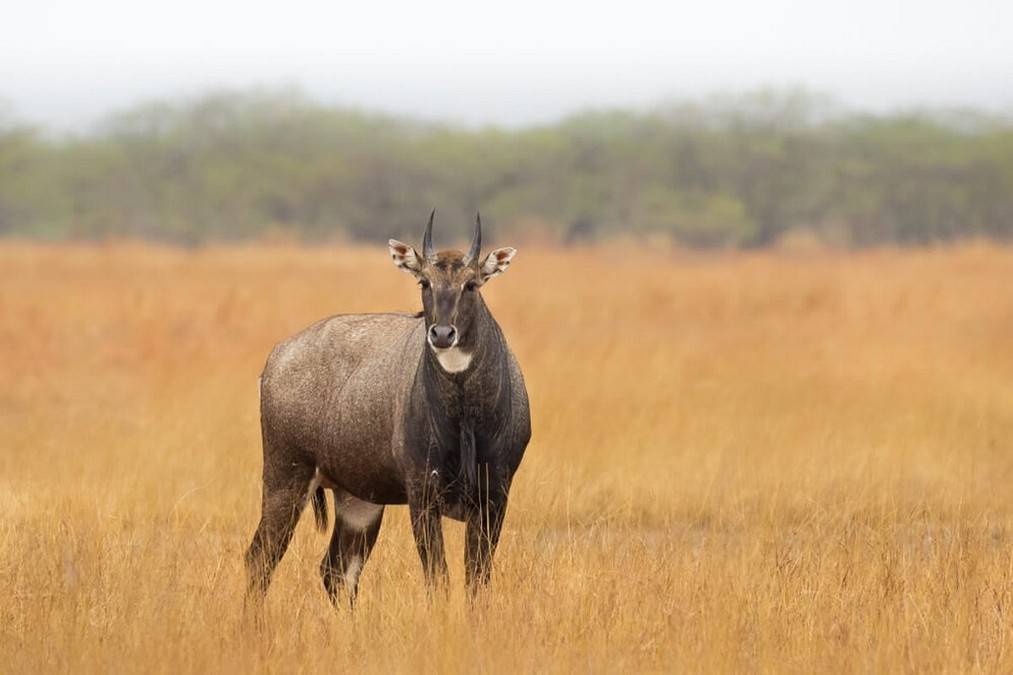The Bishnoi community protests against the killing of male Nilgais, urging humane solutions like relocation and grassland preservation instead of culling. Will Haryana adopt a compassionate approach like Rajasthan?
The Haryana government has allowed the killing of all male Nilgais, citing their growing population and the damage they cause to crops. The decision has sparked widespread opposition, particularly from the Bishnoi community, who consider wildlife protection a core principle of their faith.
Bishnoi Community’s Opposition
The Bishnoi community, known for its deep-rooted environmental and wildlife conservation ethos, has strongly opposed the decision. Protests were held in Dabwali (Sirsa), Fatehabad, and Hisar, where community members voiced their anger and submitted memorandums demanding the revocation of the order.
Leaders like Inderjeet Bishnoi (Dabwali) and Radheshyam (Fatehabad) have emphasized that alternative solutions exist, such as relocation, sterilization, or compensation to farmers, rather than culling. The community sees this move as not only harmful to the environment but also as an attack on their religious beliefs.
Impact on the Ecosystem and Climate
Killing Nilgais will disrupt the ecosystem in several ways:
- Biodiversity Imbalance – Nilgais are an integral part of the food chain, and their sudden removal could impact predators and vegetation patterns.
- Loss of Grazing Animals – The real issue is habitat destruction. With grasslands disappearing, Nilgais are forced into farmlands. Eliminating them does not solve the root cause.
- Climate Change Impact – Removing large herbivores disrupts natural grazing cycles, affecting soil quality, carbon sequestration, and overall climate resilience.
The Way Forward – Humane & Scientific Solutions
Rather than culling, Haryana should adopt sustainable and compassionate methods:
- Tranquilization & Relocation – Shift Nilgais to safer grasslands instead of forests, ensuring they do not return to farmlands.
- Grassland Conservation – Preserve and restore natural grazing lands to prevent Nilgais from encroaching on crops.
- Chara Bandhi (Fodder Boundaries) – Inspired by Rajasthan, communities can create physical barriers (5-6 ft high) to keep Nilgais away from farmlands.
- Samuhik Taarbandhi (Collective Fencing) – Government-supported fencing initiatives to protect agricultural areas.
- Adopt Rajasthan’s Model – Rajasthan has successfully implemented non-lethal Nilgai management strategies. Haryana should follow suit rather than resorting to culling.
The government must explore these humane solutions to balance wildlife conservation with farmers’ concerns while respecting cultural sentiments.


